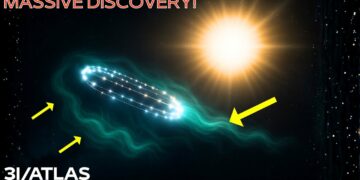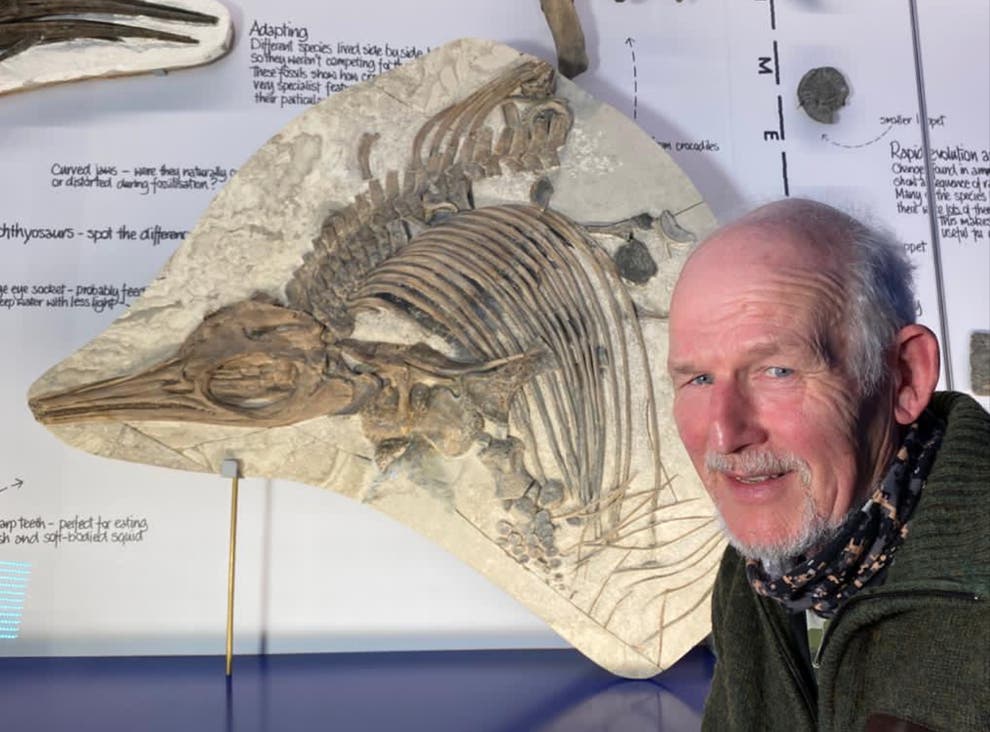Astronomers have uncovered compelling evidence of a potential Earth 2.0: Proxima B, a rocky exoplanet orbiting Proxima Centauri, the closest star to our solar system at 4.25 light-years away. This discovery, illustrated in an artist’s rendering, marks a pivotal moment in astronomy. To discuss its significance, CBS News contributor and theoretical physicist Dr. Mo Kaku joins us. Dr. Kaku describes this as a “game-changer,” the realization of astronomers’ dreams, as it identifies the closest Earth-like twin among 4,000 studied exoplanets. Proxima B, located in the habitable zone of Proxima Centauri where liquid water could exist, is a doppelgänger for Earth, opening a new chapter in the search for extraterrestrial life.
The discovery has sparked global excitement due to a mysterious narrowband radio signal detected from Proxima Centauri, far too precise to be natural. Unlike the broad, chaotic emissions from stars or cosmic events, this signal’s sharply defined frequency suggests an engineered message, possibly a “cosmic postcard” from an intelligent source. Advanced radio telescopes, using techniques like phased array multiplexing, captured this faint transmission, pinpointing its origin in Proxima B’s habitable zone. This has fueled speculation about intelligent life, with NASA scientists reportedly in a frenzy over the implications. Early analysis rules out natural explanations, and the signal’s clarity and repetition strengthen the case for an artificial origin.
Narrowband signals, unlike the wide-ranging noise of natural cosmic sources, are concentrated in a small frequency range, akin to a clear musical note amidst background chaos. This precision suggests a deliberate design, possibly chosen to minimize interference over vast distances. Such signals are often associated with advanced technology, making them a beacon in the turbulent sea of space. Theories propose that extraterrestrial civilizations might use narrowband transmissions to announce their presence, transforming the search for alien life into a technical challenge. Modern advancements, including high-resolution telescopes and sophisticated algorithms, have made detecting these signals possible, enhancing our ability to distinguish artificial transmissions from natural phenomena.
The detection process relies on cutting-edge technology. Phased array multiplexing combines multiple radio dishes into a single, highly sensitive instrument, improving resolution and pinpointing signal sources with precision. Advanced software filters out interference and identifies unusual patterns, while global observatories share real-time data to verify findings, eliminating errors or terrestrial interference. This collaborative, tech-driven approach has revolutionized radio astronomy, enabling the discovery of the Proxima Centauri signal and deepening our cosmic exploration.
Decoding the signal is the next challenge. Its structured pulses and patterns suggest a deliberate message, prompting researchers to use cryptography and linguistics algorithms to search for universal patterns, like mathematical sequences or geometric shapes. The signal’s extraterrestrial origin is verified by cross-checking data across observatories, ruling out Earth-based interference. While its meaning remains unclear—possibly based on alien communication methods—the signal’s precision fuels debate about whether it’s a cosmic anomaly or evidence of intelligent design.
This discovery has profound implications. If artificial, it would be the first concrete evidence of extraterrestrial intelligence, reshaping our understanding of life’s prevalence in the universe. It challenges existing theories of cosmic communication, drives innovation in signal detection, and may redirect funding toward extraterrestrial research. Culturally, it sparks debates on ethics, politics, and humanity’s self-perception, inspiring new curricula and public interest in space exploration. However, rigorous verification and protocols for handling such a message are still needed.
The signal also complements studies of Proxima B’s habitability. Data on Proxima Centauri’s magnetic activity, flares, and stability help assess the planet’s potential for life, analyzing radiation levels, climate, and atmospheric chemistry. This integrated approach strengthens the case that Proxima B could host life, making the signal’s origin even more tantalizing. Future missions aim to explore Proxima B directly, seeking biosignatures and atmospheric data to confirm its habitability.
Beyond this discovery, recent observations challenge our understanding of the early universe. Advanced telescopes reveal galaxies forming rapidly just hundreds of millions of years after the Big Bang, with unexpected complexity. Massive black holes merging at accelerated rates further defy predictions, suggesting unique conditions in the early cosmos drove rapid star and black hole growth. These findings, captured by looking back in time through ancient light, force scientists to refine models of cosmic evolution.
The observable universe, limited by the distance light has traveled since the Big Bang, is only a fraction of the cosmos. The cosmic horizon hides vast regions, and the universe’s expansion pushes distant objects beyond our reach. Theories of an infinite universe raise questions about matter, energy, and life’s endless possibilities. Cosmic microwave background radiation and galaxy distributions offer clues to the unseen, expanding our models of the cosmos.
The James Webb Space Telescope (JWST), a cornerstone of these discoveries, has transformed astronomy with its infrared capabilities. Its 18 gold-coated mirror segments, spanning nearly 7 meters, capture faint signals from billions of light-years away. A sunshield keeps its instruments cold for optimal performance, overcoming years of design challenges. Positioned 1.5 million kilometers from Earth, JWST’s images of distant galaxies, star-forming regions, and exoplanets like Proxima B surpass expectations, prompting new theories about cosmic origins. International collaboration made JWST possible, underscoring the value of global partnerships.
Looking ahead, the Proxima Centauri signal sets the stage for a bold era of exploration. Enhanced detection methods, real-time global networks, and interdisciplinary teams are refining our ability to capture and decode cosmic signals. Plans for probes to exoplanets like Proxima B aim to study atmospheres and biosignatures directly. These advancements blur the line between science fiction and reality, fueling curiosity about intelligent life. The quest to explore the cosmos, driven by relentless wonder, promises to reshape our understanding, connecting us to a universe alive with possibility.























